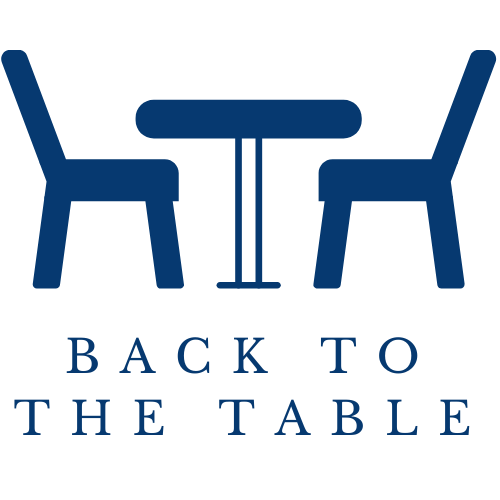Introduction
Restaurant leaders, books, and videos speak of 'systems and processes.' One video claims that a restaurant needs 51 systems. This fragmented approach to managing a restaurant is overwhelming– and it reflects a fundamental misunderstanding of what a system truly is.
Viewing your restaurant as a single, integrated system transforms how you understand operations and how you manage your business.
Idea
The Restaurant System is a restaurant management approach built on two foundational. concepts.
A system is a set of interconnected parts working together to achieve a common purpose. For something to be considered a system, it must consist of two or more parts that influence one another. These parts must cooperate toward a shared purpose.
In order to understand a system,we must trace the flow– either the flow of materials or information. In a restaurant, we follow the flow of food.
When we examine this flow, we see the interconnected parts: food acquisition, preparation, and production. And what is their shared purpose? To make money, now and in the future.
2. The second is that every system has a constraint that limits its performance.
As we follow the flow of food through our restaurant, we'll notice that the flow slows down at a particular point more than anywhere else. That point is likely the constraint.
Being able to identify this—and knowing how to manage it—is essential. Understanding your constraint gives you a starting point for strategy. Instead of guessing where to focus your improvement efforts, you can target the highest-leverage area of your operation.
Exercise
Take out a pen and piece of paper. Starting with your primary food supplier (for me, it's Performance Food Service), try mapping your restaurant's system. How does food get from your supplier to your guests? What transformations does it go through along the way?
Next, look at each step in your system. Which one limits your ability to make money more than any other other? This is probably your constraint. It's often the step that causes you the most stress. Focusing your attention here will yield the greatest impact on your restaurant's performance.
Case Study
I discovered these two concepts while managing my family's pizzeria. My first attempt at standardizing operations were checklists for food preparation and opening and closing the restaurant. These were helpful—but I needed to go further. I began mapping the relationships between food prep, opening and closing, food production, management, and other tasks.
It was this idea of the restaurant as a system—and the flow of food through that system—that brought clarity. That clarity allowed me to standardize not just daily tasks, but all operational activities.
Once the day-to-day became consistent, I needed a method to make high-impact improvements. I didn't want to waste time, energy, or money. I turned to the Theory of Constraints.
Our constraint was in food production. In fact, we could pinpoint it to a specific station. Our capacity to make pizzas came down to this one position. Most of my operational decisions began to center around managing this constraint.
By leveraging the constraint, we reached a new level of performance. Today, we manage two situations: increasing pizza production during non-peak hours and introducing new product in a way that doesn't overwhelm our constraint or that don't utilize the constraint.
At a time when many restaurant chains are seeing negative same-store sales, we continue to grow.
Conclusion
It's time to view your restaurant as a whole, integrated system. The Restaurant System offers this holistic perspective. Yes, there are hundreds of tasks that need to complete each day, but by understanding the relationship between them, you can determine which ones matter most. Focus your attention there, and you'll begin to get back to the family table.
What did you learn when you mapped out your restaurant system?
